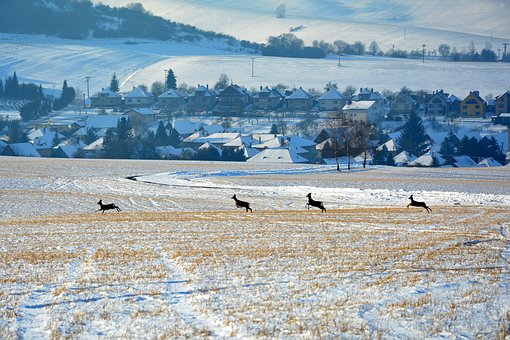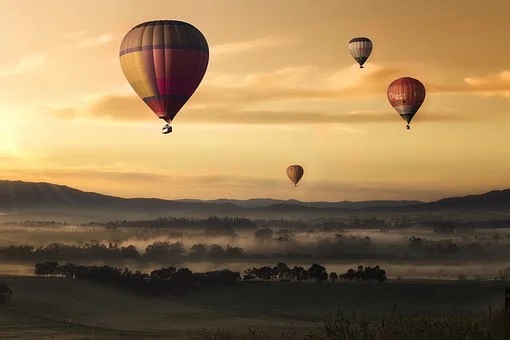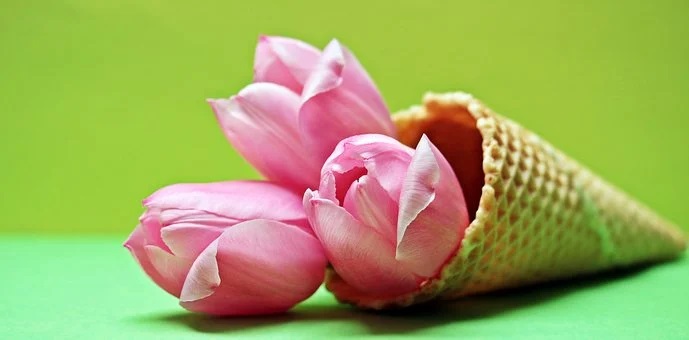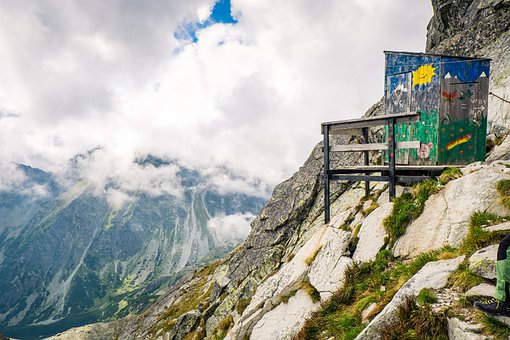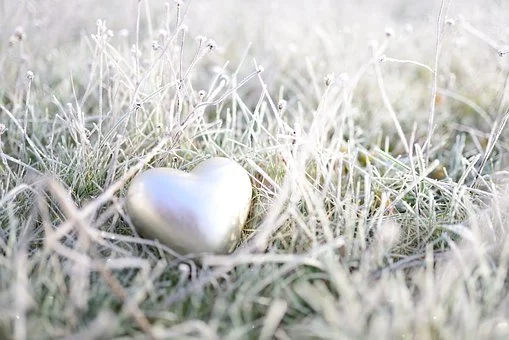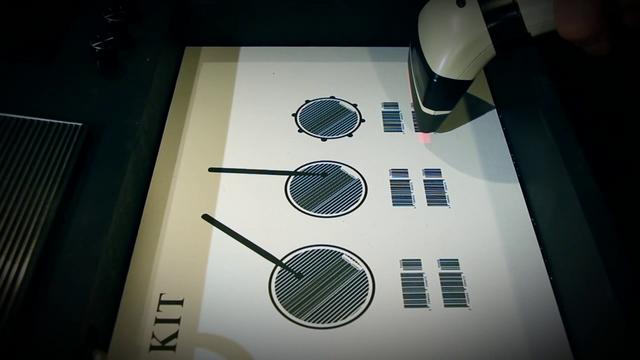The sutra and tantra paths are consistent in expounding all phenomena are a product of our aspiration. In Gateway to Training the Mind by Chengawa Lodrö Gyaltsen (1402–1472), it is said if a person is practicing the Dharma, releasing animals from bondage, and making offerings to the sangha and the buddhas all in the hope of living well in this lifetime, the outcome can be no more than that, even if his expectations are met; if his expectations are not met due to his past negative karma, these virtuous activities cannot in any case lead to supramundane retributions. This is because during the course of practice, he has never considered achieving liberation, benefiting sentient beings, realizing buddhahood or the like, only attaining happiness and prosperity in this lifetime. Since the motivation is so obvious, how can his virtuous actions possibly become the cause of liberation?
~Depicted from GATEWAY TO VAJRAYANA PATH - Entering the Vajrayana Path


